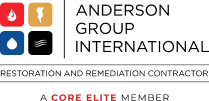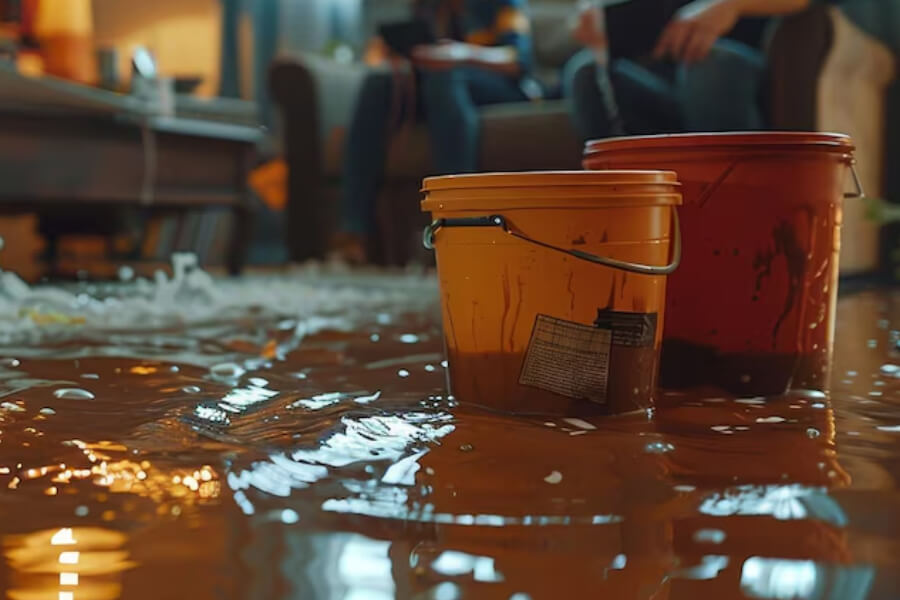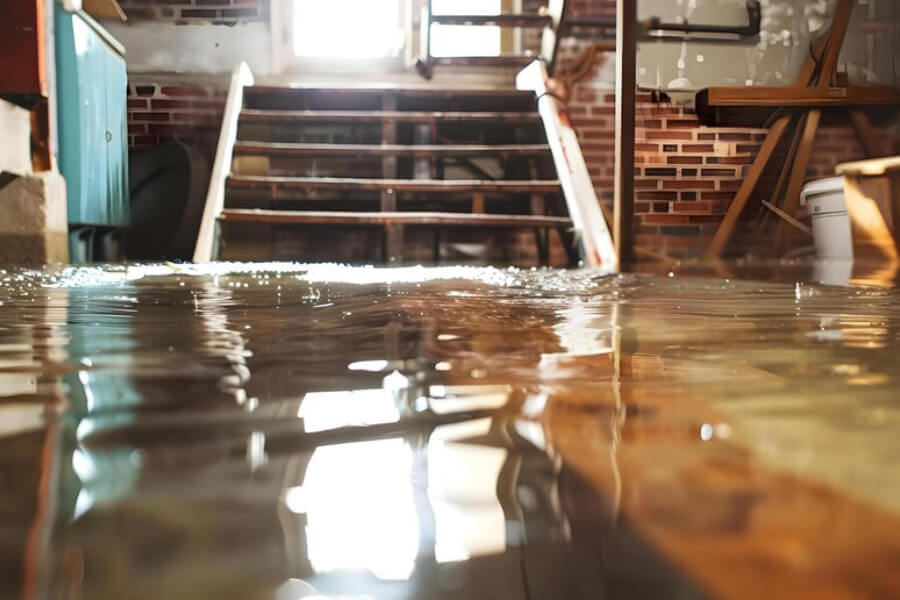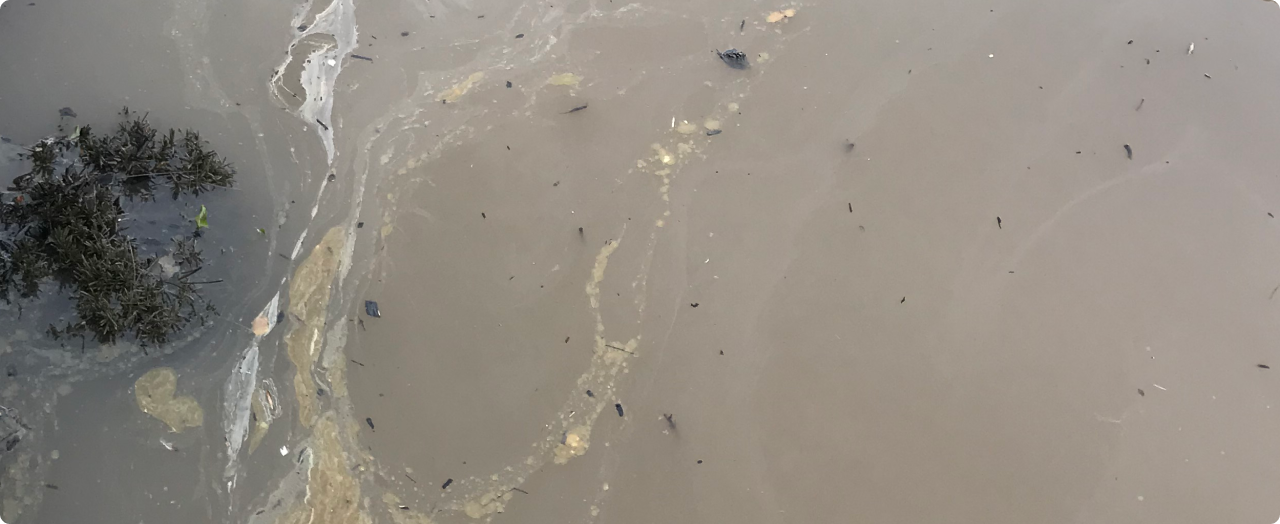Many homeowners assume that smoke damage is limited to the area directly impacted by a fire, but this isn’t the case. Smoke is a far-reaching threat, capable of traveling throughout a property, settling in untouched rooms, and even spreading to hidden spaces like vents and attics. Whether you’re dealing with smoke damage in house or commercial smoke damage, understanding how and why smoke spreads can help you act quickly to prevent lasting harm.
Why Smoke Travels Far Beyond the Fire
When a fire occurs, the heat generated causes air pressure to rise. This creates a powerful flow of smoke that spreads far and wide. The tiny particles in smoke—soot, ash, and toxic chemicals—are incredibly lightweight, allowing them to travel effortlessly through air currents and ventilation systems.
Key Factors That Cause Smoke to Spread:
- Air Pressure: Fire causes hot air to rise rapidly, carrying smoke particles with it to higher floors or adjacent rooms.
- Ventilation Systems: HVAC systems can pull smoke particles into ducts, spreading them throughout a building.
- Porous Materials: Smoke can easily penetrate materials like drywall, wood, and upholstery, embedding itself far from the original fire site.
How Smoke Damage Affects Areas Far from the Fire
Even if a room wasn’t exposed to flames, it can still suffer significant smoke damage.
- Lingering Odors
Smoke particles release gases over time, causing strong, unpleasant odors that persist even in areas untouched by fire. These odors often settle in fabrics, carpets, and furniture.
- Soot Residues
Soot particles are oily and acidic, clinging to surfaces like walls, ceilings, and appliances. Left untreated, they can corrode materials and leave permanent stains.
- Health Hazards
The toxic chemicals in smoke can cause respiratory issues, skin irritation, and long-term health risks, even in areas that appear clean.
Whether it’s your home or business, addressing commercial smoke damage or residential damage promptly is crucial to mitigate these effects.
Signs That Smoke Damage Has Spread
You might not always see the full extent of smoke damage immediately, but these signs indicate that it has traveled beyond the fire-affected area:
- Persistent Smoky Smell: Odors lingering in rooms far from the fire are a clear sign of smoke particle infiltration.
- Discoloration: Yellowing or dark streaks on walls, ceilings, or furniture may indicate soot deposits.
- Dusty Film on Surfaces: A sticky, greasy residue on windows, countertops, or appliances often comes from smoke.
- Unexplained Health Symptoms: Coughing, headaches, or irritated eyes in a smoke-damaged building point to airborne particles still present.
If you notice these signs, contacting professionals for smoke damage cleanup near me is essential.
The Dangers of Delaying Smoke Damage Cleanup
Waiting to address smoke damage can lead to long-term issues that are harder and more expensive to resolve.
- Permanent Stains and Corrosion
Soot is acidic and can etch into surfaces like metal, glass, and painted walls. Over time, these stains become permanent.
- Deeper Odor Absorption
The longer smoke particles sit in porous materials like wood and fabric, the harder they are to remove.
- Increased Health Risks
Smoke particles contain harmful chemicals that can cause respiratory problems, especially for children, the elderly, or those with pre-existing conditions.
Addressing damage promptly with a professional smoke damage restoration process helps avoid these issues.
How Professionals Restore Areas Far from the Fire
Smoke damage requires a specialized approach to ensure all affected areas—visible and hidden—are thoroughly cleaned and restored.
- Comprehensive Inspection
Experts assess the entire property, not just the fire-damaged area, to identify where smoke has traveled.
- Surface Testing: Identifies soot deposits on walls, ceilings, and furniture.
- Air Quality Monitoring: Detects airborne smoke particles that may not be visible.
- Soot and Residue Removal
Professionals use advanced tools and techniques to clean affected surfaces without spreading residues further:
- HEPA Vacuuming: Safely removes loose soot particles from walls, floors, and furniture.
- Chemical Sponges: These lift soot from delicate surfaces like painted walls without smearing.
- Wet Cleaning: Specialized cleaning agents dissolve sticky smoke residues on hard surfaces like countertops or appliances.
- Odor Elimination
Smoke odors are often the hardest part of damage to remove, especially in areas far from the fire. Professionals use:
- Thermal Fogging: A heated deodorizer penetrates deep into porous materials, neutralizing odors at their source.
- Ozone Generators: Ozone breaks down odor-causing particles, leaving the air clean and fresh.
- Ventilation System Cleaning
Since HVAC systems often spread smoke particles, professionals clean and sanitize ducts to prevent ongoing contamination.
- Air Purification
Air scrubbers equipped with HEPA filters remove smoke particles and toxins from the air, improving indoor air quality.
Why DIY Cleanup Isn’t Enough
While it might seem simple to wipe down surfaces and air out your home, smoke damage cleanup requires professional tools and expertise to address hidden and far-reaching damage.
Limitations of DIY Efforts:
- Incomplete Cleaning: Smoke particles embed deeply into materials, making surface cleaning insufficient.
- Spreading Soot: Using improper techniques can smear soot, making it harder to remove.
- Health Risks: Without protective equipment, exposure to toxic residues can harm your health.
Professionals ensure thorough and safe smoke damage restoration process for both homes and businesses.
Protecting Your Property from Future Smoke Damage
Once smoke damage is cleaned up, taking steps to protect your property can help minimize future risks.
Tips for Prevention:
- Install Fire Alarms: Early detection can reduce the spread of smoke during a fire.
- Inspect HVAC Systems: Ensure vents and ducts are clean and functioning properly.
- Regular Cleaning: Keep surfaces and materials free from buildup that can absorb smoke particles.
Final Thoughts: Acting Quickly Makes All the Difference
Smoke damage spreads quickly and silently, affecting areas far from the fire itself. By recognizing the signs and acting promptly, you can prevent long-term damage and ensure your property remains safe and livable.
If you’re dealing with smoke damage, trust professionals for thorough smoke damage cleanup near me. From deep-cleaning surfaces to eliminating odors and improving air quality, experts can restore your home or business and give you peace of mind. Don’t wait—address smoke damage before it worsens.





